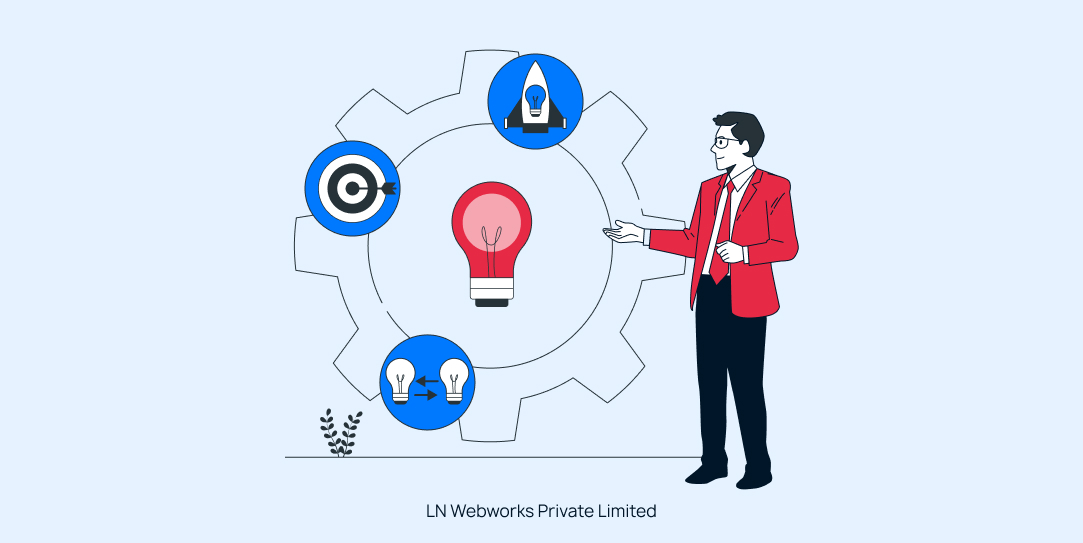Subscribe To Our NewsLetter
Share This Post:
With computer-assisted learning, you can improve the teaching and learning process, leading to better outcomes and engagement. That being said, there are some cons as well of computer-assisted learning.
Technology has impacted every industry profoundly, often bringing significant improvements. In fact, no industry has been altered more than education by tech. The fusion of learning, teaching, and technology has gained its term: EdTech.
One of the critical parts of EdTech is computer-assisted learning (CAL). Even though CAL has been here for decades, it has frequently gained a lot of traction, revolutionizing education in many ways.
What Is Computer-Assisted Learning?
Computer-assisted learning is basically the education that uses computers or other technologies without any help from human interaction. Despite its name, it includes a wide array of tools and devices like tablets, mobile phones, and desktops.
How Does Computer-Assisted Learning Work?
Computer-Assisted Learning operates by integrating digital tools, platforms, and resources into the learning process. This approach allows students to learn at their own pace, with tailored lessons and real-time feedback. It generally involves:
1. Interactive Tools
These include learning games, quizzes, and multimedia content that make learning engaging.
2. Tracking and Analytics
Instructors can monitor students' progress through detailed analytics, while students receive instant feedback to correct mistakes and reinforce learning.
3. Adaptive Learning
CAL systems adapt to individual student needs, offering personalized lessons based on performance.
Benefits Of CAL
Real-Time Feedback for Students and Teachers
CAL offers instant solutions and assesses student performance promptly. Hence, CAL can offer immediate feedback to the learner while not only categorizing mistakes but also offering analytics to help the student improve. Apart from students, it is also great for the instructors, as they can use the given data as a technique to inform their teaching and analyze the performance of the students.
Making Learning Engaging and Interactive
There are different forms of CAL available, and each one of them is meant to engage learners. More than traditional classroom instruction, Cal is famous among the students for these exciting and new ways of absorbing content and gaining exposure. As there are so many different methods available with CAL, the chances of getting bored are less.
Get customized learning Techniques
As per your requirements and goals, many CAL programs change their approach and personalize it with learners' progress. According to the student's learning, the software adapts itself, whether it is a game, assessment, or interactive demonstration. They can also learn at the speed that they are comfortable with, and the program will adjust to meet their requirements. Having a customized approach increases the level of solid learning outcomes and engagement.
Supporting Students With Learning Differences
Computer-assisted learning is beneficial for students who have diverse learning needs by enhancing accessibility. With the help of personalized and adaptable tools, CAl also addresses a vast number of unique educational requirements.
Challenges Of Adopting Computer-Assisted Learning
Despite its many advantages, CAL comes with its own set of challenges:
CAL can be seen as a distraction
Some students might have trouble concentrating on the live teaching taking place while they are using CAL tools in the classroom. One of the biggest complaints of the instructors is that the students are unable to pay the right amount of attention
Costly To implement
Most of the time, technology is expensive, and CAL solutions might be complex to purchase and implement because of the cost barrier. And if the tools are custom-built, the prices do take a hike. However, educators need to know that there are many cost-effective solutions as well.
Risk of Software Quickly Becoming Outdated
There are good chances for the technologies to become irrelevant and outdated quickly, especially with frequent advances in technology and reassessments and reconceptualizations of content and material. Given the amount of the CAL, it is necessary for educators who are thinking about implementing these tools to learn about the solutions in depth to ensure that the technology can be altered to incorporate new content.
Avoiding Tech Dependency
CAL should be there to support the instructor, not replace them. It is vital to remember that technology's role is to make the process easy like when an adult learns a language through a platform like Duolingo, it will be best when the live instructor is teaching alongside. There is a good chance for both the students and the instructor to be at risk if they rely too much on technology for their work.
Popular Tools for Computer-Assisted Learning
Several tools have emerged to support CAL, making it easier for both teachers and students to benefit from this educational model:
Khan Academy: Known for its wide range of free courses, Khan Academy offers interactive lessons and exercises for learners of all ages.
Duolingo: This language-learning app makes use of gamification to teach users new languages in a fun and engaging way.
Coursera: Coursera offers online courses from universities around the world, allowing learners to access world-class education from the comfort of their home.
Quizlet: A popular tool for creating flashcards, Quizlet helps students review concepts in a quick, interactive way.
Applications Of CAL
CAL is not limited to traditional classroom environments. It has applications in several fields:
1. Education
CAL is used in schools and universities to supplement traditional teaching methods and provide students with additional resources for learning.
2. Corporate Training
Many companies use CAL for employee skill development, allowing employees to learn at their own pace and revisit materials whenever needed.
3 Healthcare
Medical professionals use CAL simulations to practice procedures and improve their skills before applying them in real-life situations.
4. Military
The military utilizes CAL for realistic training simulations that prepare soldiers for various scenarios they may encounter.
Future Trends In Computer Assisted Language Learning
As technology continues to evolve, so will the possibilities for CAL. Some future trends to watch out for include:
AI-Powered Learning: Artificial Intelligence will personalize learning experiences further by adapting content based on a student’s past performance, making learning more efficient.
Gamification: As educational games become more advanced, they will provide increasingly immersive learning experiences.
Virtual and Augmented Reality (VR & AR): CAL tools that incorporate VR and AR will enable students to interact with content in a more tangible way, enhancing their learning experience.
Conclusion
At LN Webworks, the team understands the necessity of leveraging the latest technology to enhance educational outcomes. We are dedicated to creating custom CAL solutions that meet all the requirements of educators and students while also ensuring long-term adaptability and cost-effectiveness.
Let us help you integrate the best tech solutions to support your educational goals.
Share This Post:
Talk With Certified Experts Of LN Webworks!
Related Articles
November 7, 2024
What Is Unreal Engine? Features, Benefits, and Learning Guide
May 3, 2023
How AI is Shaping the Future of Content Management and the Web?
October 9, 2024



